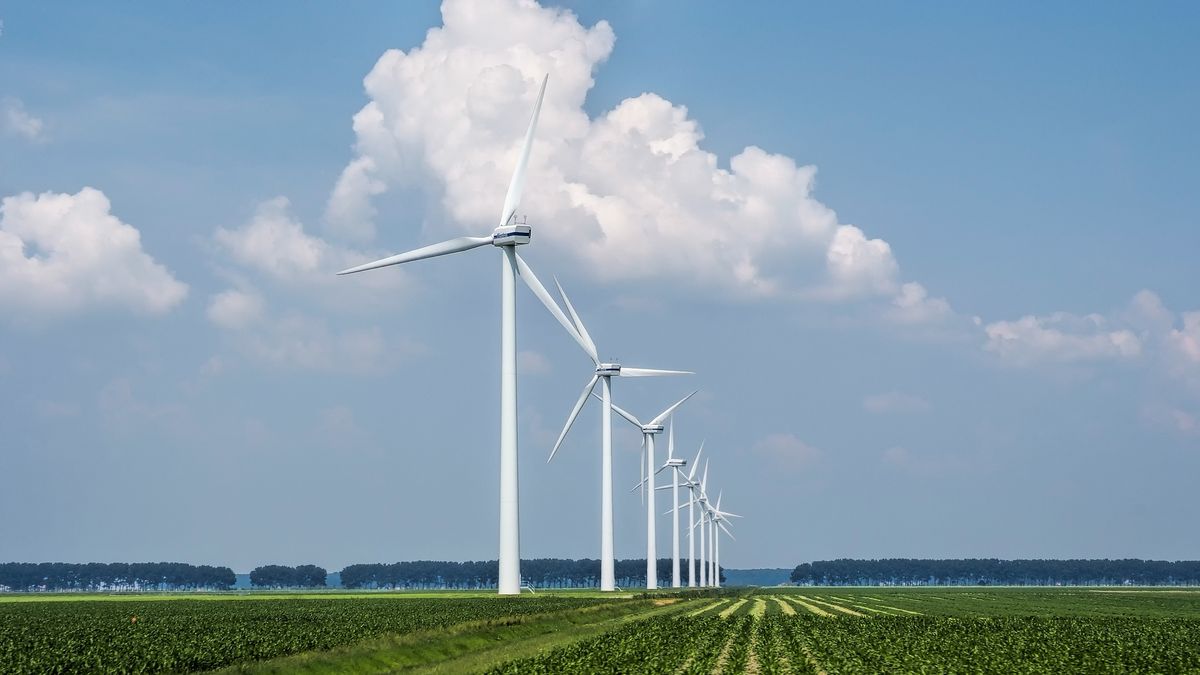In addition, electricity generation from renewable energy reached 92% last year, improving 1% year-on-year, according to the National Energy Balance (BEN) prepared by MIEM.
HE BEN reflected that 2023 was a year with low growth of GDP (at constant 2016 prices), which stood at 0.4%, so the 8% improvement is a very high value and its authors pointed out that “it is necessary to go back to the years 2014-2015 to find growth of that magnitude.”
Renewable energy growth continues
On the other hand, the participation of renewable energies in the matrix reached 58% and remains higher than that of non-renewable sources, a situation that has continued for the last ten years.
Specifically on the matrix of electricity generation, The MIEM stated that the share reached 92% against 8% from fossil fuels, which was thus reduced for the third consecutive year, compared to 15% in 2021 and 9% in 2022.
Embed – Presentation of the National Energy Balance (NEB) 2023
Carbon dioxide emissions were reduced
In turn, emissions of carbon dioxide (CO2) totals decreased by 1% compared to the previous year, with the transport as the sector that registered the highest participation (58%).
In terms of energy sources, 47% of total CO2 emissions came from burning fuel. gasoil, followed by that of gasoline, with 25% participation.
In this regard, the BEN indicated that the emission factor of CO2 of the network decreased by 7% compared to 2022, as a direct consequence of the lower consumption of fossil fuels (diesel and fuel oil) for the generation of electricity that was delivered to the National Interconnected System (WITHOUT).
Industry and consumption
Likewise, the MIEM report revealed that the implementation of UPM 2 was decisive for the improvement of the matrix and reviewed that with the entry of UPM 1, In 2007-2008, growth was 26%, while in 2014 and 2015, with Mountains of the Plata, was 7% and 9%, similar to the current one.
The third floor of cellulose influenced a significant improvement in final consumption, which was greater than 10%, something that had not occurred since 2008. In turn, it also led to a higher percentage of participation of the industry, which reached a new historical record of 48%.
Source: Ambito




